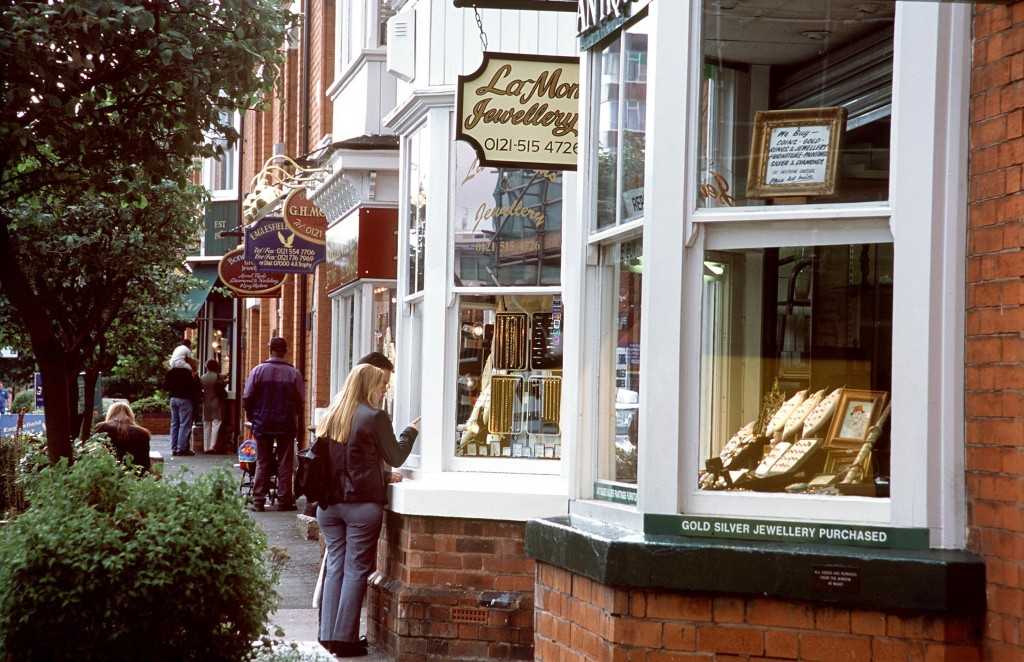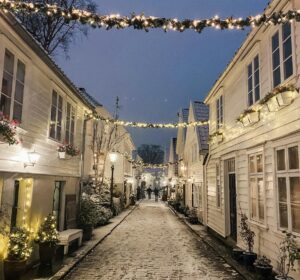Nestled in the vibrant city of Birmingham, the Jewellery Quarter is a historic gem that offers a unique blend of history, culture, and craftsmanship. Known for its rich heritage in jewelry making, this area is a must-visit for anyone interested in exploring the artistic and industrial legacy of Birmingham. Whether you’re a history buff, a lover of fine jewelry, or simply looking for a unique experience, the Jewellery Quarter has something to offer.
What to See and Do
The Jewellery Quarter is home to over 200 listed buildings, many of which are beautifully preserved examples of Victorian and Georgian architecture. Start your visit at the Museum of the Jewellery Quarter, where you can take a guided tour of a perfectly preserved jewelry workshop and learn about the traditional techniques used by craftsmen. The museum offers fascinating insights into the lives of the workers and the history of the area.
For those interested in shopping, the Jewellery Quarter is a treasure trove of independent jewelers and boutiques. You can find everything from bespoke engagement rings to unique handcrafted pieces. Be sure to visit the famous Birmingham Assay Office, where you can learn about the hallmarking process that ensures the quality of precious metals.
If you’re looking for a bit of relaxation, St. Paul’s Square is a lovely spot to unwind. This picturesque Georgian square is surrounded by charming cafes and restaurants, perfect for a leisurely lunch or a coffee break. The square is also home to St. Paul’s Church, a beautiful example of 18th-century architecture.
A Bit of History and Interesting Facts
The Jewellery Quarter has a rich history that dates back over 250 years. It became the center of Birmingham’s jewelry industry in the 18th century, thanks to the city’s strategic location and the availability of skilled craftsmen. At its peak, the area produced an estimated 40% of all jewelry made in the UK.
One interesting fact about the Jewellery Quarter is that it was home to the world’s first man-made plastic, known as Parkesine, invented by Alexander Parkes in the 19th century. This innovation laid the groundwork for the development of modern plastics.
The area also played a significant role during the Industrial Revolution, contributing to Birmingham’s reputation as the “Workshop of the World.” Today, the Jewellery Quarter continues to be a hub of creativity and innovation, with many artists and designers choosing to set up studios in the area.
Getting There and Tips for First-Time Visitors
The Jewellery Quarter is easily accessible from Birmingham city center. You can take a short walk from the city center, or hop on a tram or bus that will take you directly to the area. The Jewellery Quarter train station is also conveniently located, providing easy access for those traveling from further afield.
For first-time visitors, it’s a good idea to start your exploration at the Museum of the Jewellery Quarter to get a sense of the area’s history and significance. Wear comfortable shoes, as you’ll likely be doing a lot of walking to explore the various shops and attractions.
If you’re planning to purchase jewelry, take your time to browse the different shops and don’t hesitate to ask questions. Many jewelers are happy to share their knowledge and help you find the perfect piece.
Finally, be sure to check out the local events calendar, as the Jewellery Quarter often hosts markets, exhibitions, and festivals that showcase the area’s vibrant community and creative spirit.








